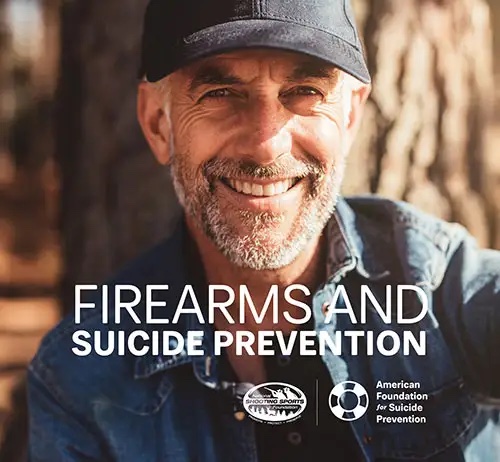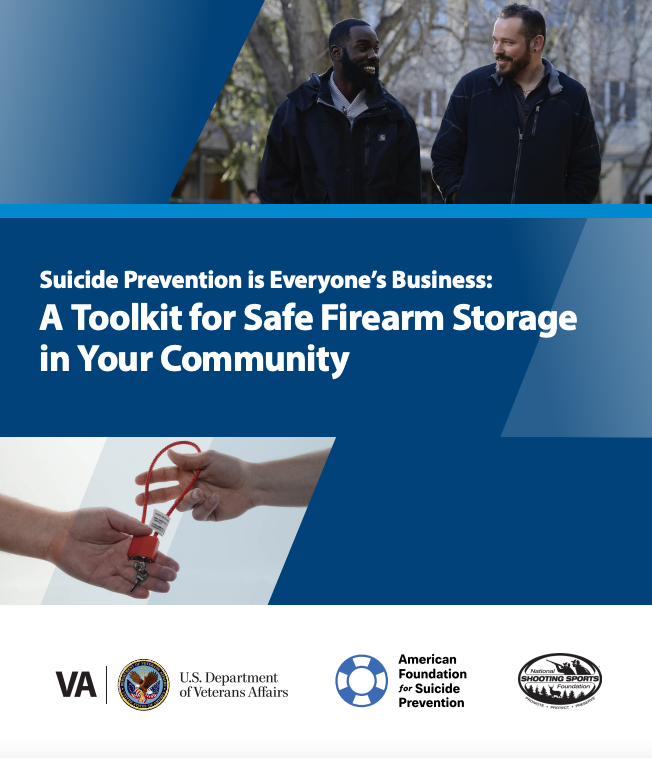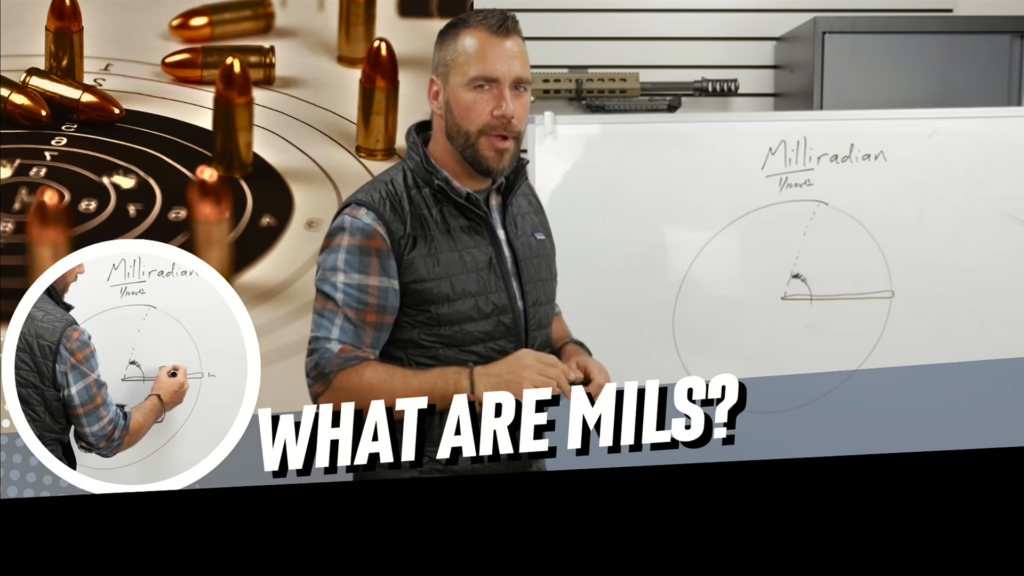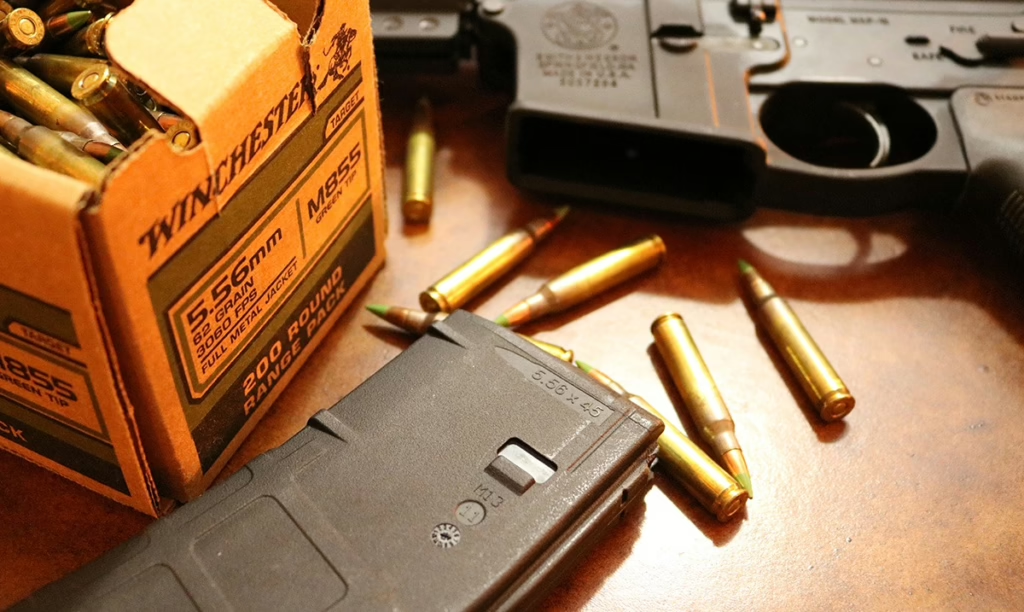
The National Shooting Sports Foundation joins with others in raising awareness for National Suicide Prevention Month throughout September.
Firearms are used in 50% of all suicides in the United States. Understanding this, NSSF, the American Foundation for Suicide Prevention and the U.S. Dept. of Veterans Affairs are reminding gun owners of the role they can play in reducing the rate of suicide by helping to educate friends and family members about mental health, suicide prevention and how to recognize and respond when a person is going through a difficult time.
Understanding Suicide
From the American Foundation for Suicide Prevention:
We all have mental health, just like we all have physical health, and we need to take care of both. Conditions like depression, anxiety and substance abuse, especially when unaddressed, increase risk for suicide. Most people who actively manage their mental health conditions lead fulfilling lives.
So have your buddy’s back. Trust your gut. If you’re worried, it’s okay to let them know you care. Talk to them and ask them directly about suicide. We know through research that asking about suicidal thoughts won’t put someone at greater risk. In most cases, they’ll feel relieved that someone cares enough to show concern.
So learn the common risk factors and warning signs for suicide, so you know them when you see them. Encourage storing guns securely, locked and unloaded. Temporarily removing firearms from the home to prevent access by a person struggling with their mental health is also an option. Help the person get the support they need — when they need it.
Do the same for yourself. Pay attention to how you’re feeling. If you’re going through a tough time and exhibiting some of the warning signs, ask a buddy for help. Ask him to connect you with support and to help store your guns securely until you feel more like yourself again.
Remember: those who don’t have easy access to a lethal method will not seek a substitute method of self-harm. Most live through it and regain their usual ways of coping. Preventing access to firearms and other lethal means allows time for both the moment of intense suicidal crisis to pass, and for someone to intervene with potentially lifesaving mental health support and resources.
Storing Firearms Securely
Gun owners can choose from multiple options for securely storing and protecting firearms when they’re not in use: cable locks, lock boxes, gun cases and full size gun safes. Temporary offsite storage of firearms should be considered during the period of suicide risk.
AFSP & NSSF Firearms and Suicide Prevention brochure
 There’s no single cause. Suicide most often occurs when several stressors and health issues converge to create an experience of hopelessness and despair. Depression is the most common health condition associated with suicide, and is often undiagnosed or untreated. Most people who actively manage their mental health conditions lead fulfilling lives. Conditions like depression, anxiety and substance abuse, especially when unaddressed, increase risk for suicide.
There’s no single cause. Suicide most often occurs when several stressors and health issues converge to create an experience of hopelessness and despair. Depression is the most common health condition associated with suicide, and is often undiagnosed or untreated. Most people who actively manage their mental health conditions lead fulfilling lives. Conditions like depression, anxiety and substance abuse, especially when unaddressed, increase risk for suicide.
Download Firearms and Suicide Prevention Brochure.
VA & NSSF Firearm Storage Toolkit
 In addition to the AFSP-NSSF toolkit for firearm retailers and shooting ranges discussed in this section, NSSF also has partnered with the U.S. Department of Veterans Affairs and AFSP on a Secure Firearm Storage Toolkit designed to help prevent suicide among U.S. Veterans. The toolkit guides communities through the process of building coalitions to raise awareness about securely storing firearms when not in use. Firearms are used in half of all U.S. suicide deaths and nearly 70 percent of suicides among Veterans. Secure storage can put time and space between an individual and a firearm and help keep Veterans and their loved ones safe during a suicidal crisis.
In addition to the AFSP-NSSF toolkit for firearm retailers and shooting ranges discussed in this section, NSSF also has partnered with the U.S. Department of Veterans Affairs and AFSP on a Secure Firearm Storage Toolkit designed to help prevent suicide among U.S. Veterans. The toolkit guides communities through the process of building coalitions to raise awareness about securely storing firearms when not in use. Firearms are used in half of all U.S. suicide deaths and nearly 70 percent of suicides among Veterans. Secure storage can put time and space between an individual and a firearm and help keep Veterans and their loved ones safe during a suicidal crisis.
Read more about the partnership and the toolkit on the VA site.
Find shareable resources and reminders to share with your friends and family here.






